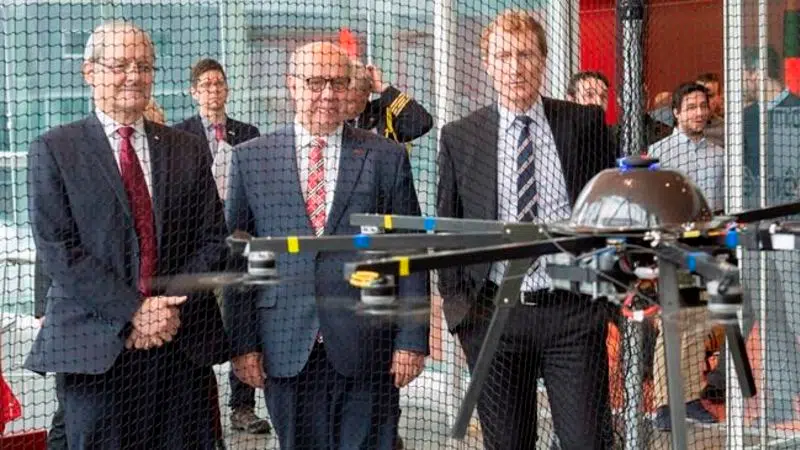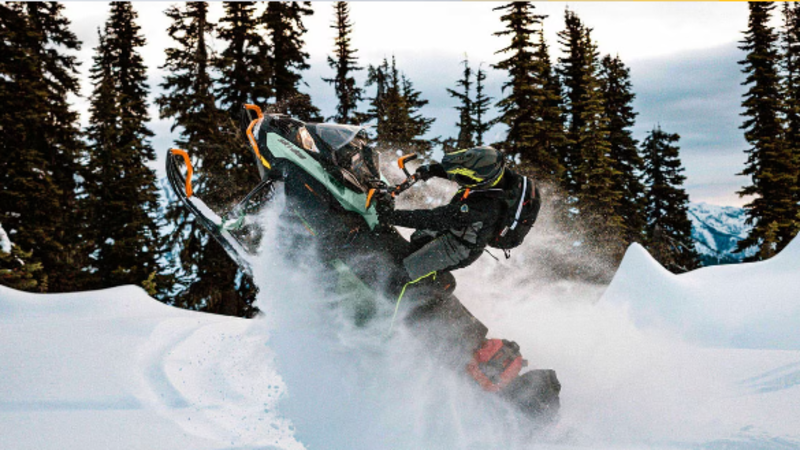
Ottawa taking measures to protect airports as new drone rules announced
MONTREAL — The federal government is working with security agencies and airports to develop measures to prevent drones from flying into space reserved for aircraft, Transport Minister Marc Garneau said Wednesday as he announced new regulations for drone operators.
Garneau’s comments came after recent drone sightings at London’s Heathrow and Gatwick airports caused flight delays and chaos for travellers.
“We are working with different groups, including the airports but also security agencies, to examine what kinds of countermeasures would be applicable depending on the type of drone and circumstances,” Garneau said at a news conference in Montreal.


